Microlearning Safety Training Videos
New bite-size micro-learning safety videos. Training in under 4 minutes!
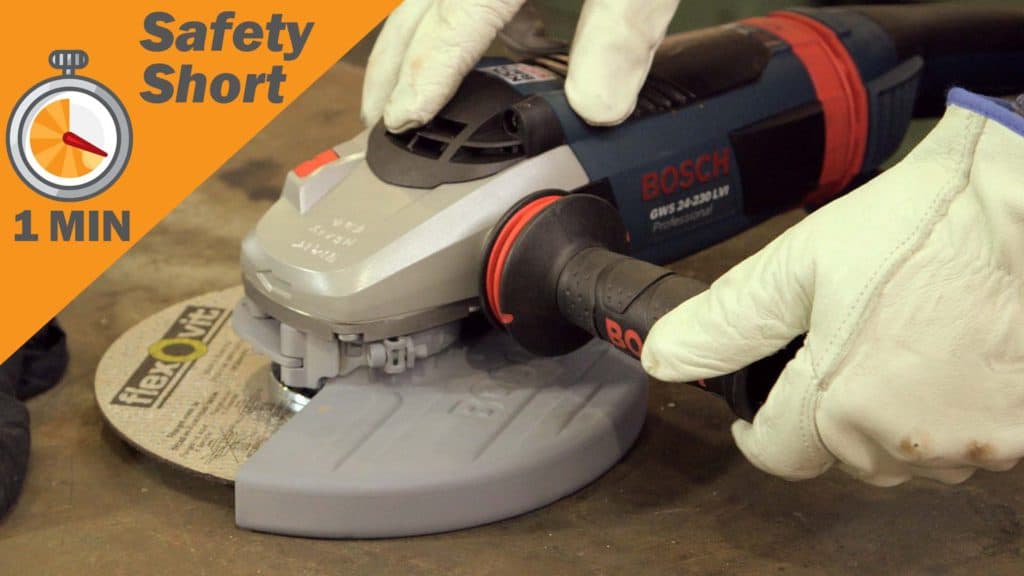
The use of angle grinders can be extremely dangerous, posing a risk not only to the operator but to others in the work area. This safety short gives you some checks that should be performed before operating an angle grinder.
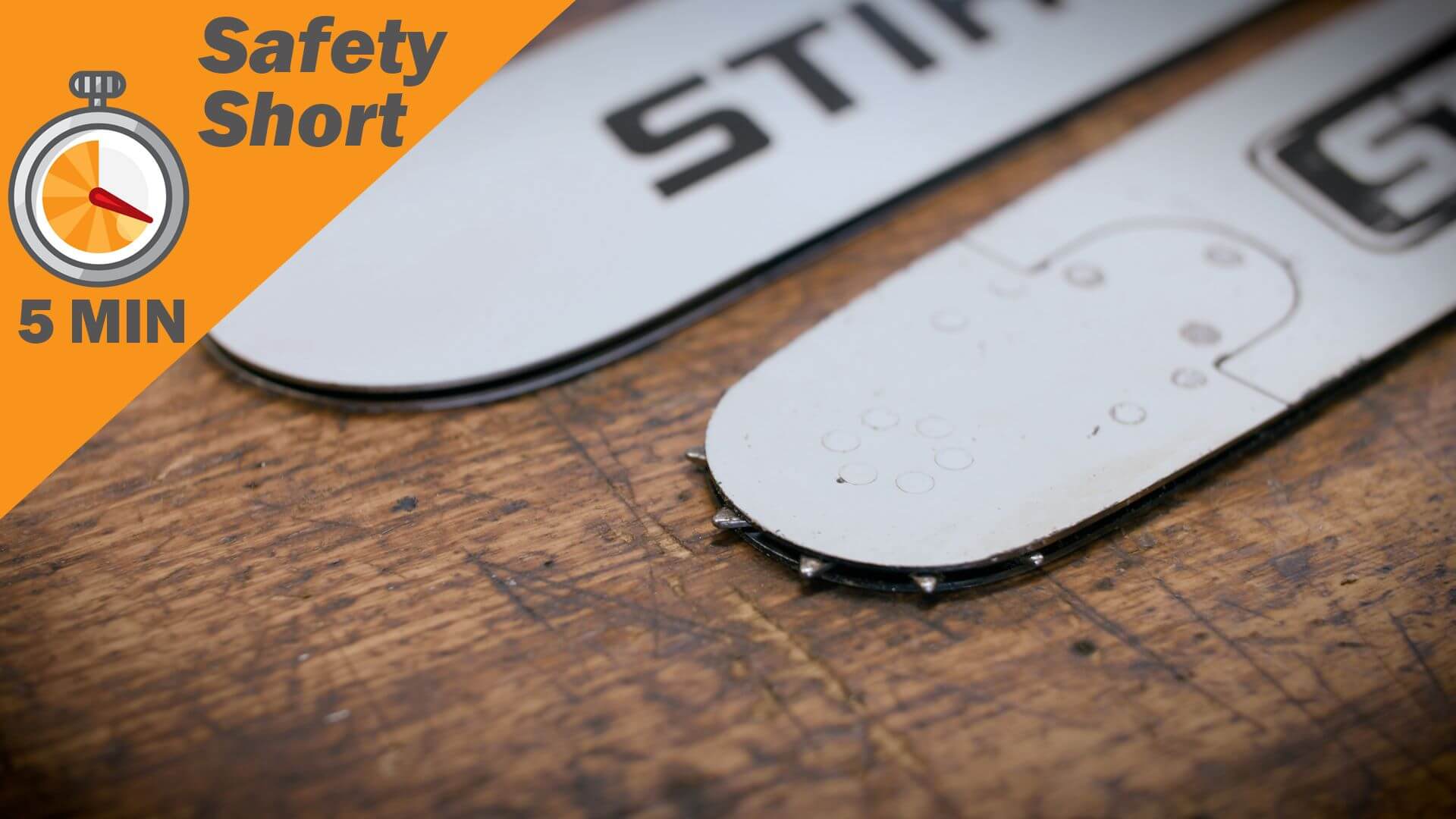
An awareness of a chainsaw’s condition is vital in the safe and successful operation of the chainsaw. This programme will concentrate mainly on the petrol powered type of chainsaw, but essentially the safety and operational considerations are very much the same for the various types
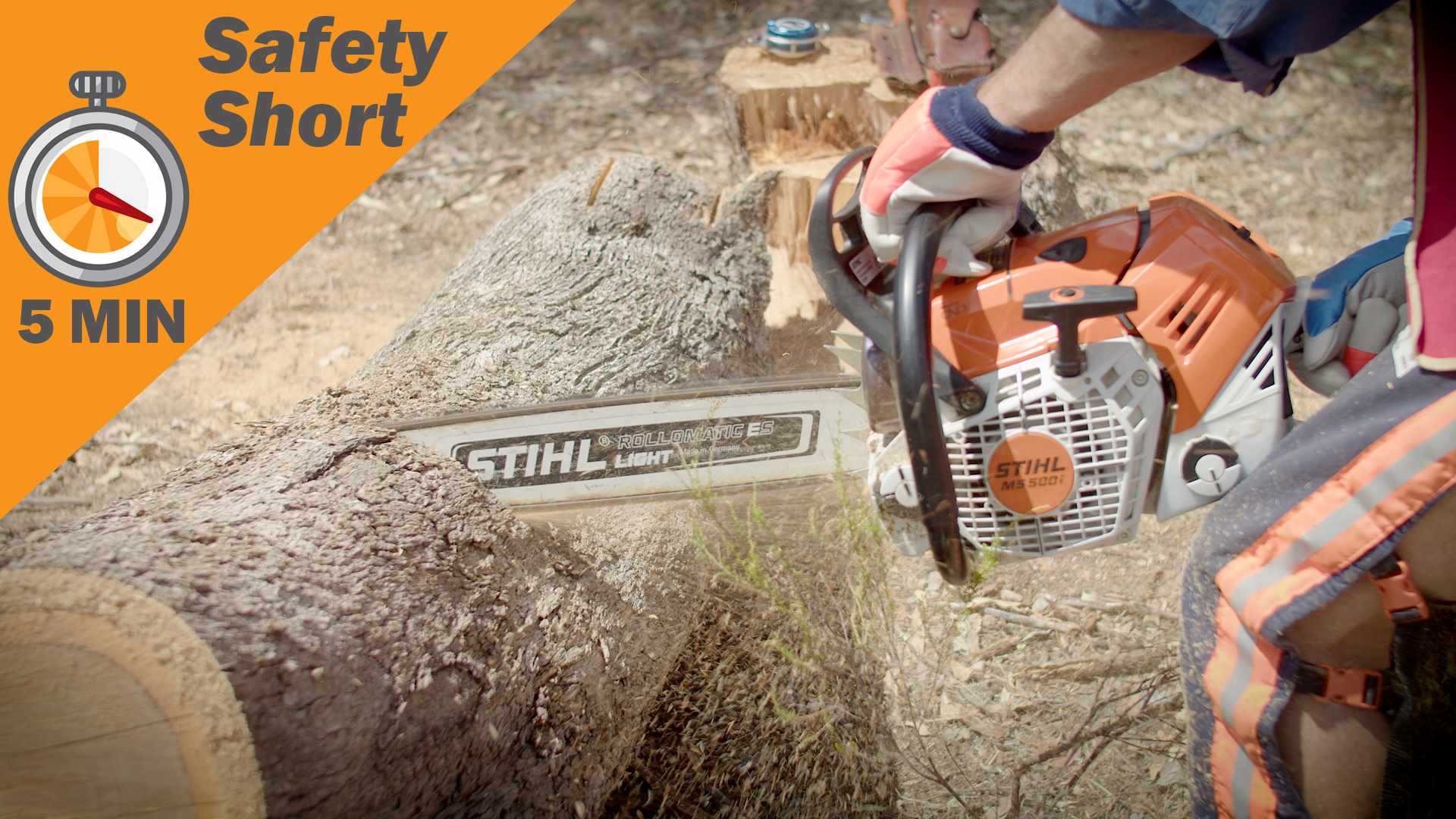
Master essential chainsaw cutting techniques with this focused safety video. In just 5 minutes, learn safe and effective methods for limbing, cross-cutting, ripping, and felling. Emphasising the importance of proper training and professional handling, this video equips you with the knowledge to avoid hazards and operate your chainsaw safely.
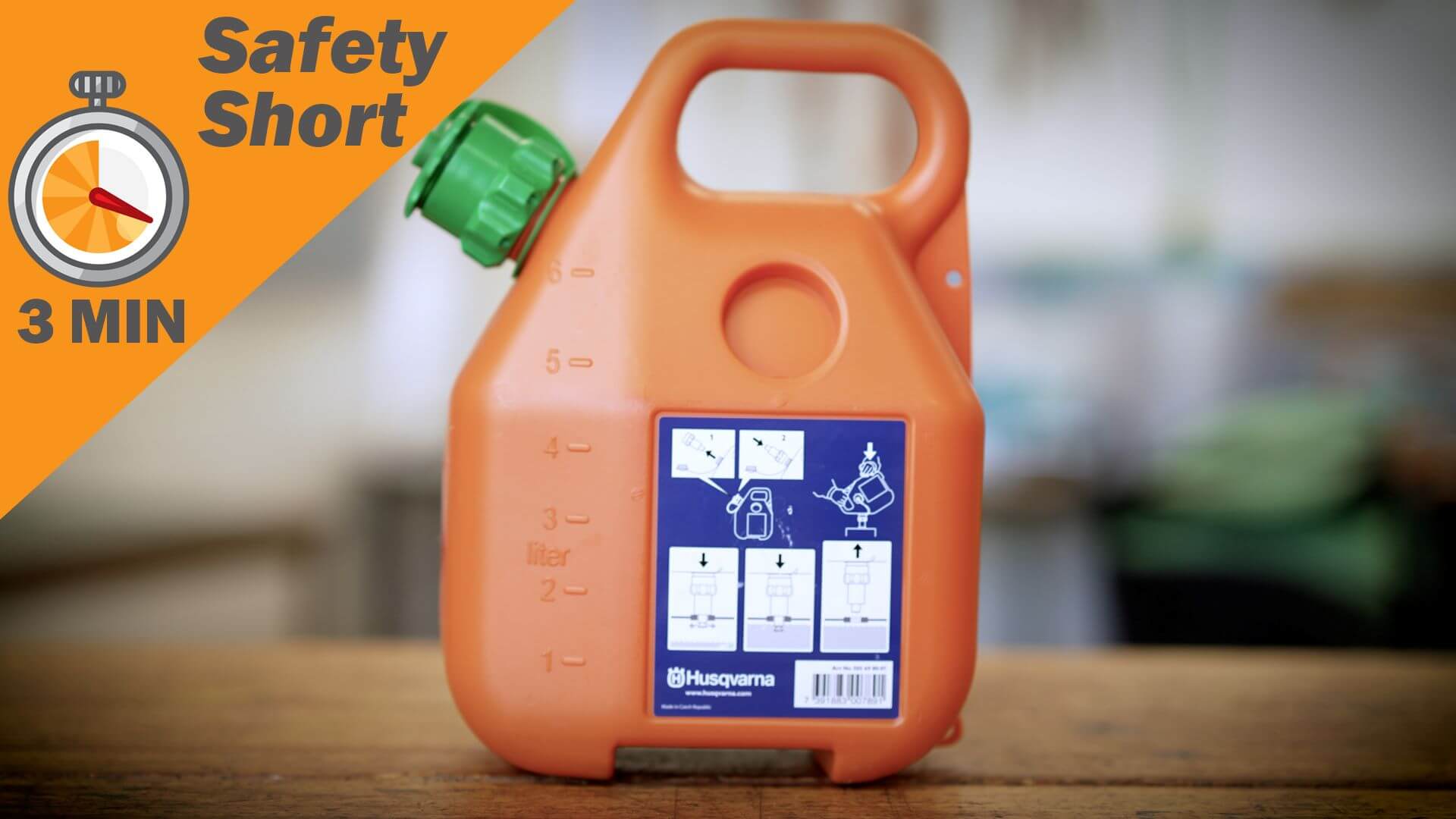
Ensure optimal chainsaw performance and longevity with this quick chainsaw fuelling safety video. Learn the importance of using the correct fuel/oil mixture to prevent engine damage. Discover how to safely create and handle fuel in a controlled environment, minimising contamination risks. Refuel your chainsaw confidently and extend its lifespan with these essential safety tips.
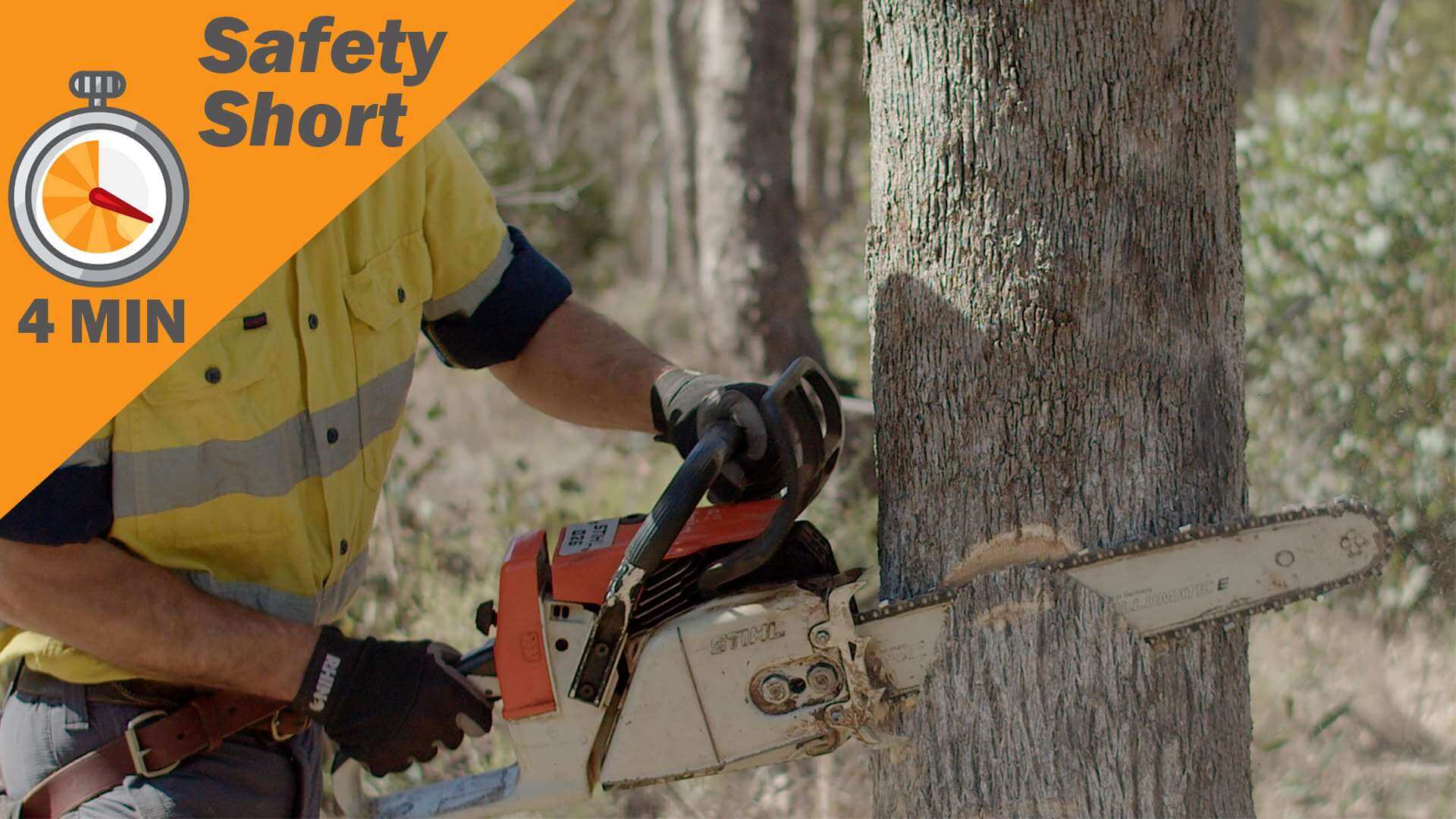
When operating a chainsaw, it is vital that all safety measures relating to the operation of the saw be practiced at all times. Do not use a chainsaw that is back–firing, missing parts or not running properly. It is dangerous and is a potential fire hazard. Having a strong understanding of the safe operation basics is key to completing any chainsaw operation successfully and safely.
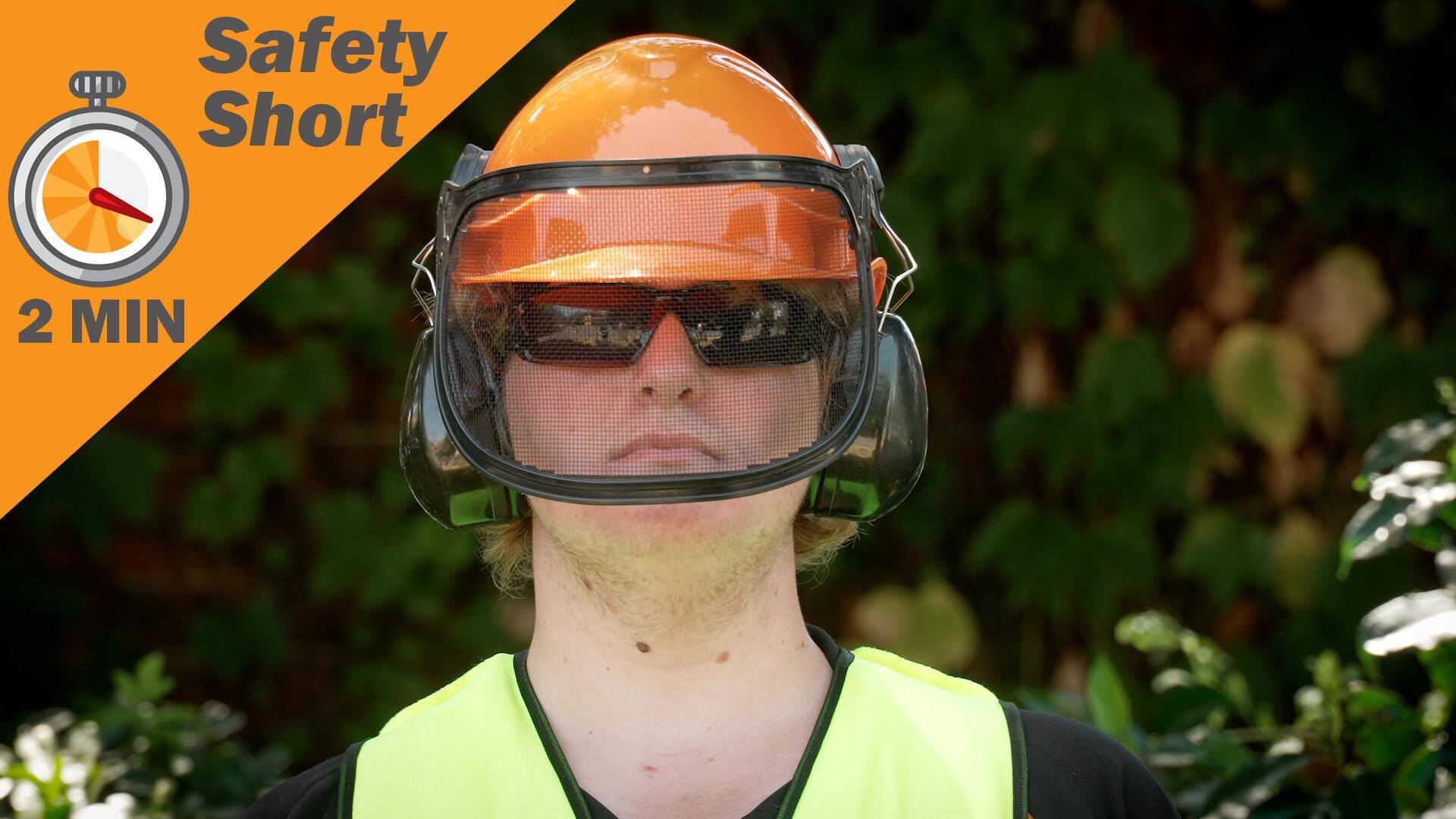
When working with chainsaws, certain safety procedures must be practiced to protect the chainsaw operator and those working in the immediate vicinity from injury. The most common parts of the body which are injured by chainsaw accidents are the hands, knees, feet and head especially on the left side of the body. However with the application of proper work practices, the use of modern equipment, and correct protective clothing, chainsaws can be used efficiently and safely.
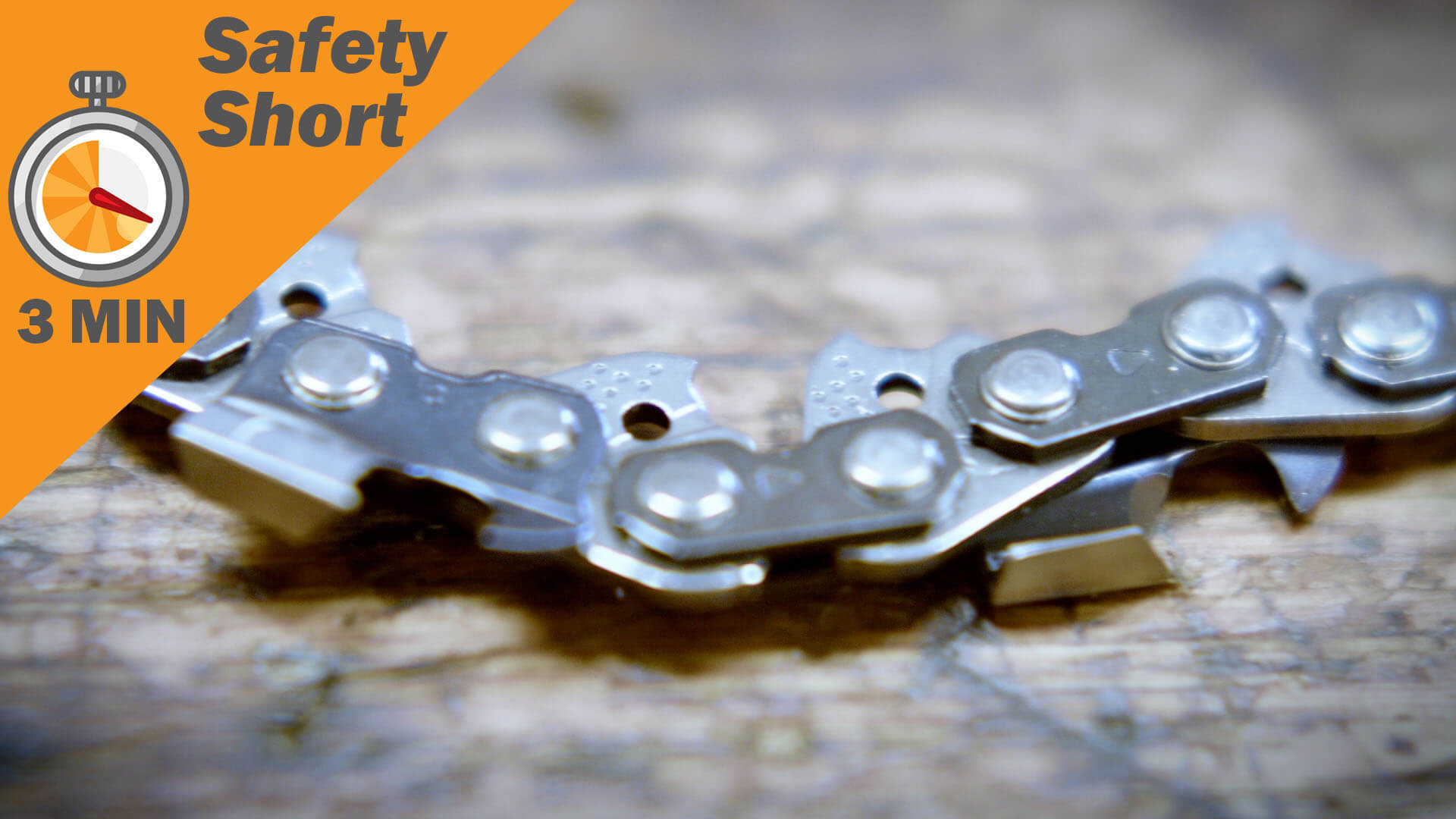
There are a wide range of saw chains to choose from however the major factors that need to be taken into consideration are the type of work to be undertaken, the type of timber to be cut and the Chain Cutter Profile which is best suited to your purpose.
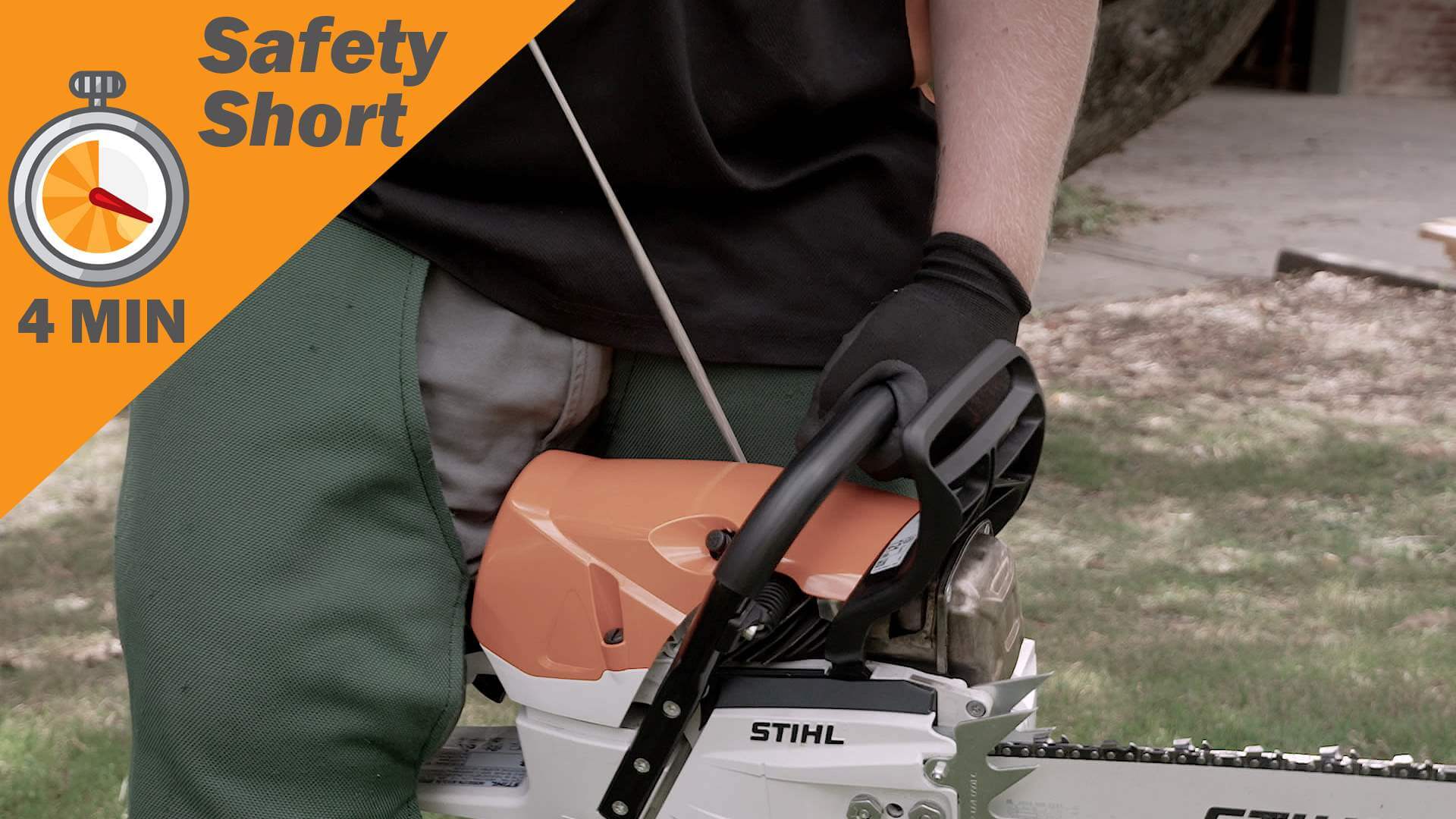
It is always preferable to start the chainsaw on the ground. However, in some situations, it’s not appropriate or practical. There should be no people or animals in the vicinity of the saw as those without sufficient personal protective equipment, for example, safety glasses or hearing protection, will be exposed to significant potential harm.
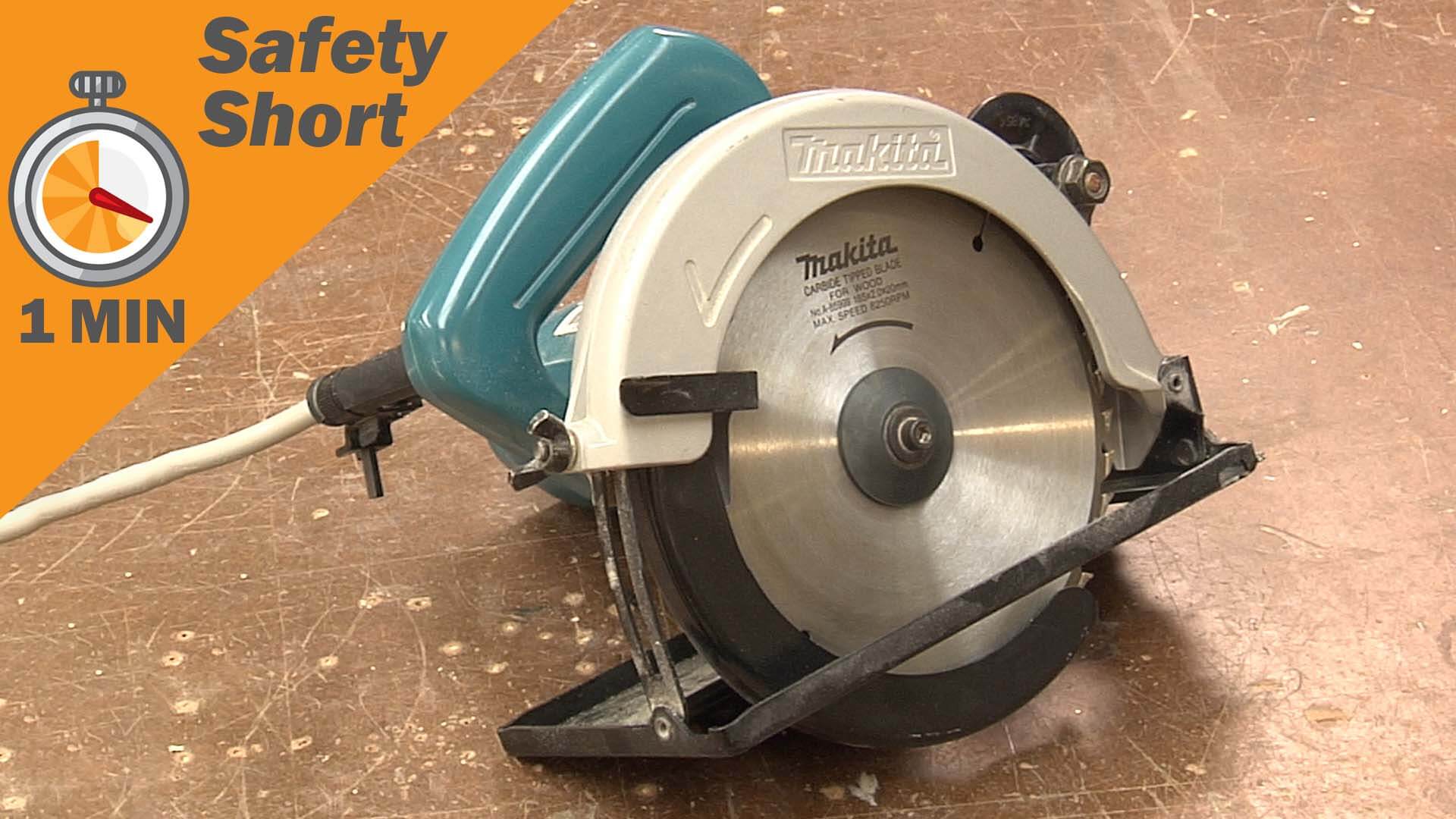
Circular saws are used extensively for a variety of cutting operations. This safety short gives you a quick overview of how to operate a circular saw.
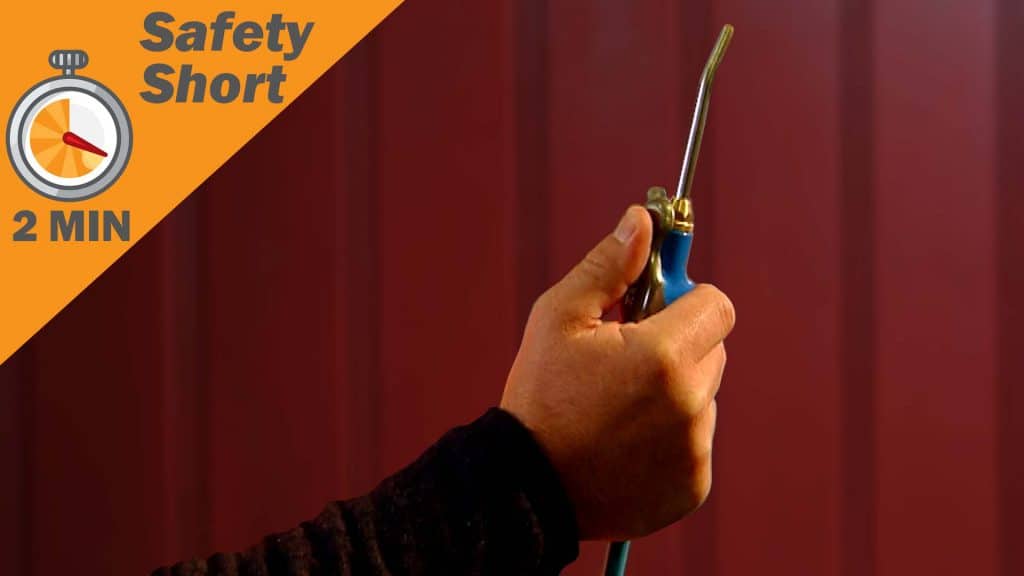
Compressed air is not ‘just air’, it is air traveling in an intense stream at a high velocity. Exposure to it can result in severe injuries or even fatality. This safety short gives you a quick overview of the do’s and don’ts when using compressed air.
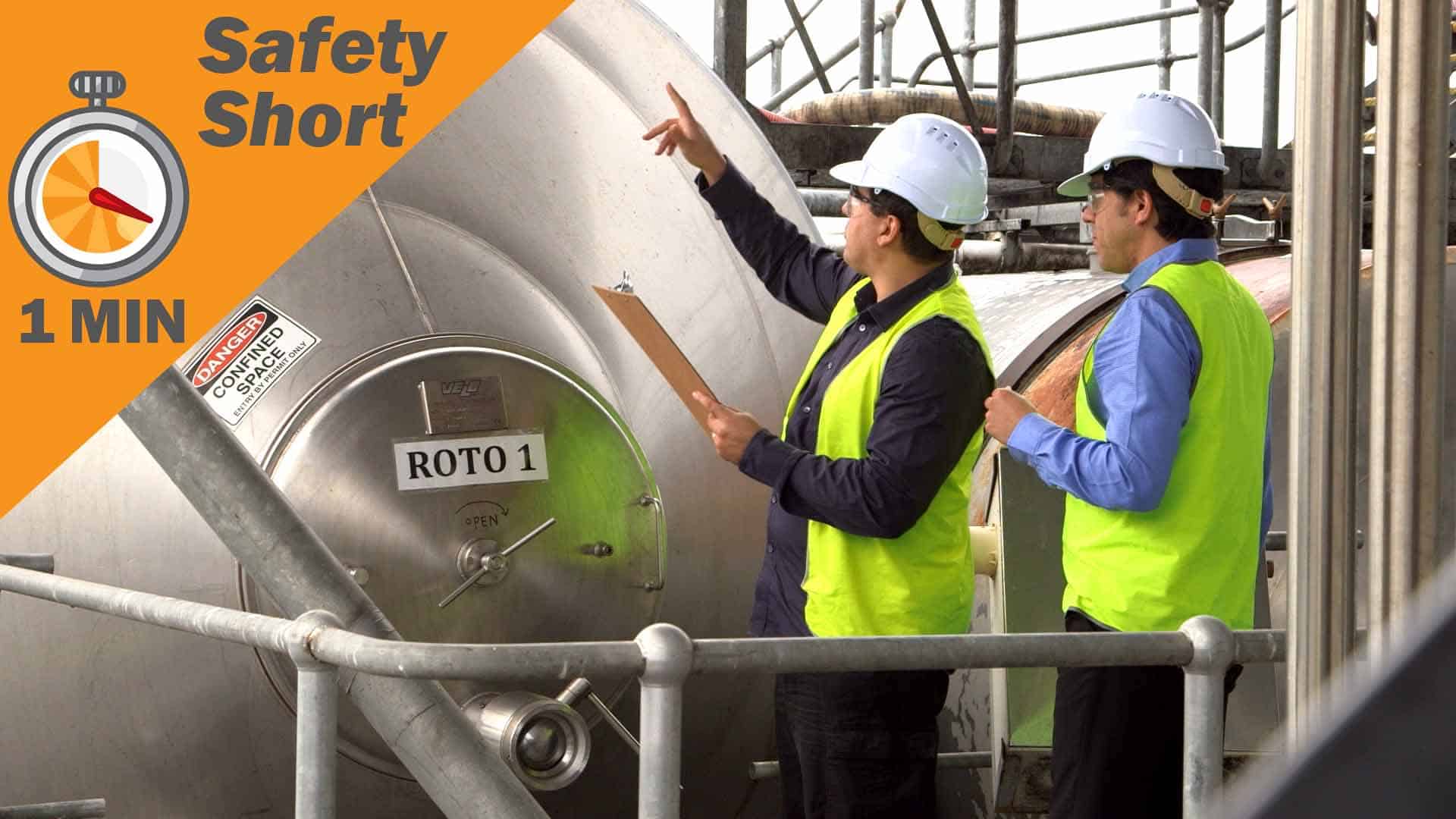
Every year there are serious accidents involving Confined Spaces. This safety short explains how you can define what a Confined Space is.
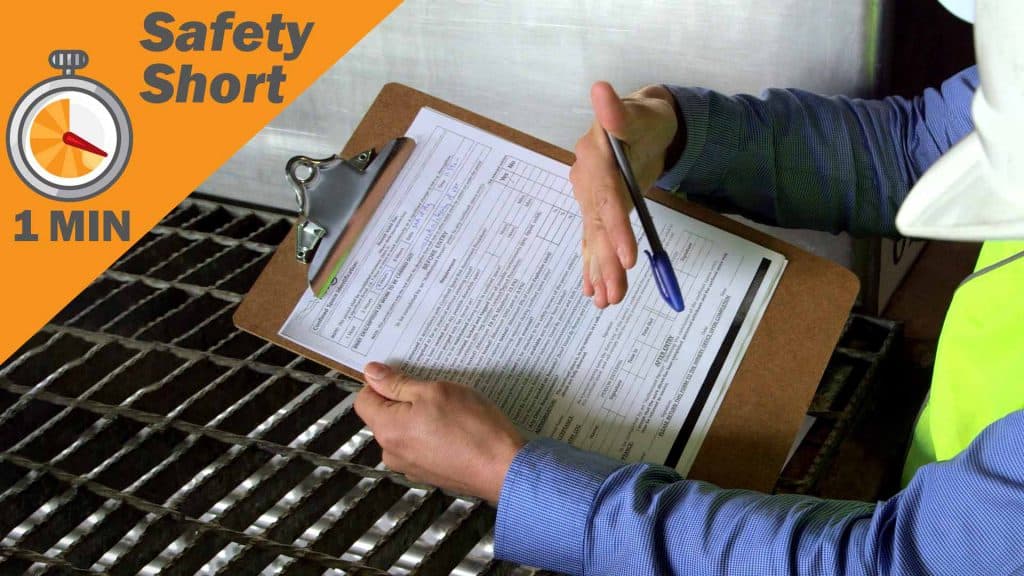
The only safe approach to working in confined spaces is to diligently follow the instructions that are detailed in a Confined Space Work Permit and to utilize any personal protective equipment that has been identified as necessary. This safety short gives you a quick overview of Confined Space Entry Permits.
